Horticulture
-
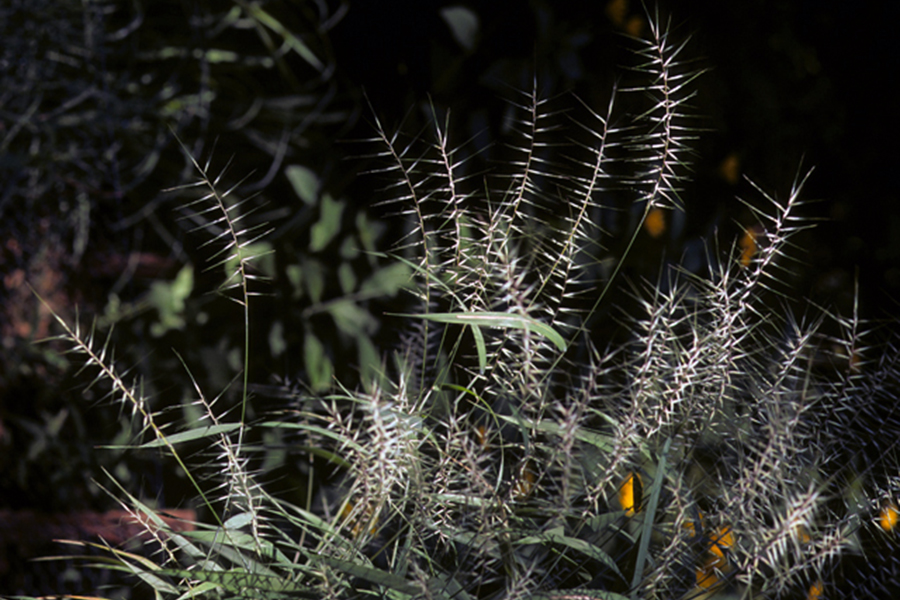
This publication describes and illustrates 48 grasses and 10 sedges native to Georgia. It is not the intent of the authors to
describe all native grasses and sedges, but those that are most widespread or those having practical application for wildlife
habitats, erosion control, restoration projects or landscape culture. A few of the plants are noted as being weedy or
invasive and may not be appropriate for use in cultivated landscapes. Nonetheless, they are included to assist the reader in
identifying them because they are abundant in the wild.Bodie V. Pennisi
|
-
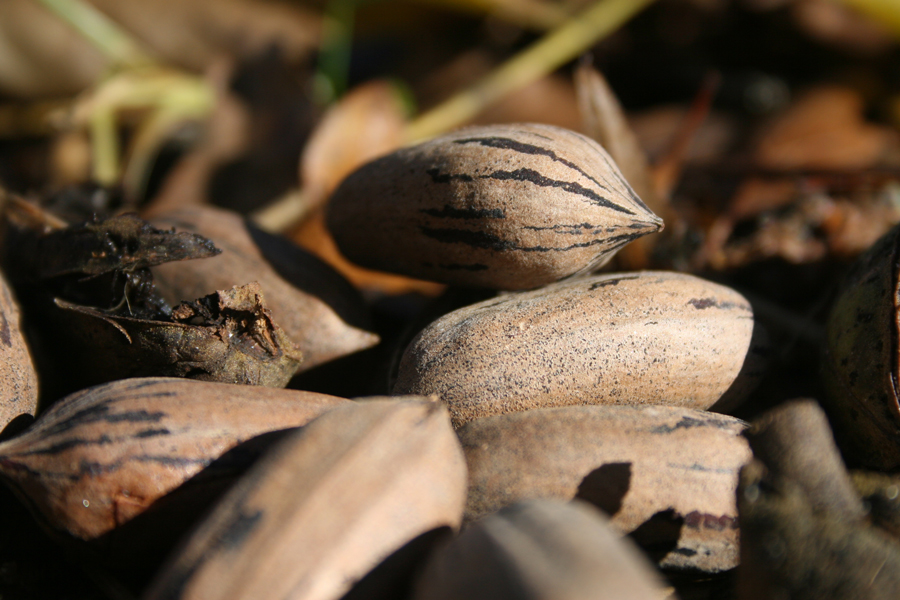
Pecan trees have high water requirements, using as much as 60 inches of total water (including rainfall) during the growing season. Georgia receives an average of 50 inches or more of rainfall annually. While the rainfall received certainly meets a portion of the water requirement for pecan trees, periods of moisture stress occur during the growing season, particularly during the months of August and September when pecans are in the kernel filling stage and water demand is at its peak. Thus, irrigation has been proven to markedly enhance pecan production in the region.
With increasing agricultural water use, a growing population, and declining groundwater levels, irrigation efficiency in the region is necessary for sustainability. Drip and micro-irrigation system design capacity for a mature pecan orchard should be 3600-4000 gallons of water per acre per day. Because of evaporation losses, solid-set sprinkler irrigation can require as much as 3 times more supplemental water than drip or micro-irrigation.
Solid set irrigation systems should have a design capacity of 1.5–2 inches per week. Water stress in pecan is correlated with soil moisture from budbreak through the end of nut sizing. Pecan trees bearing a moderate to heavy crop load may undergo water stress during the kernel filling stage regardless of soil moisture level. This suggests that crop load and nut development drive the tree’s demand for water.
Lenny Wells
|
-
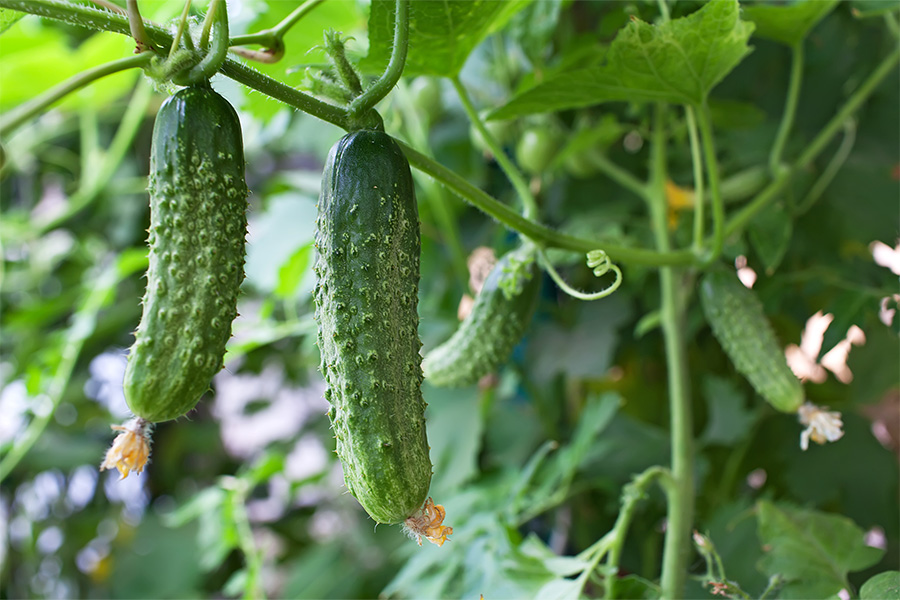
Cucumbers are one of the most popular crops in today’s home garden. This publication helps you to select the varieties to suit your needs.
Bob Westerfield
|
-
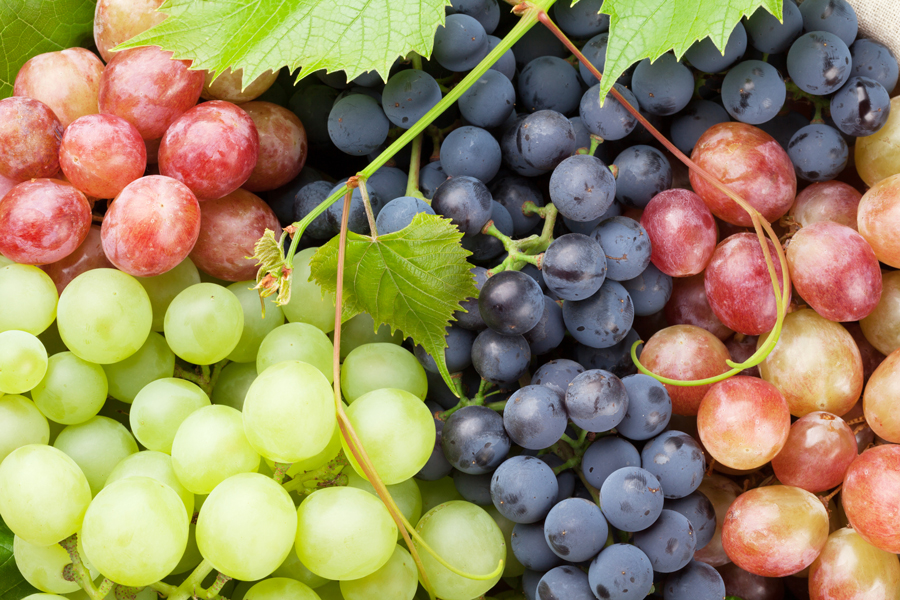
B 807
Home Garden Bunch Grapes
Bunch grapes are often called “pod” grapes in rural Georgia since they produce large clusters of fruit. Georgia’s climate is not well-suited to home garden production of European bunch grapes, but American bunch grapes and hybrids between the two species (French hybrids) grow well in Georgia. If grapes are well cared for and sprayed when diseases and insects threaten, you can expect yields of 20 to 30 pounds of fruit per vine.
Sarah Lowder
|
-
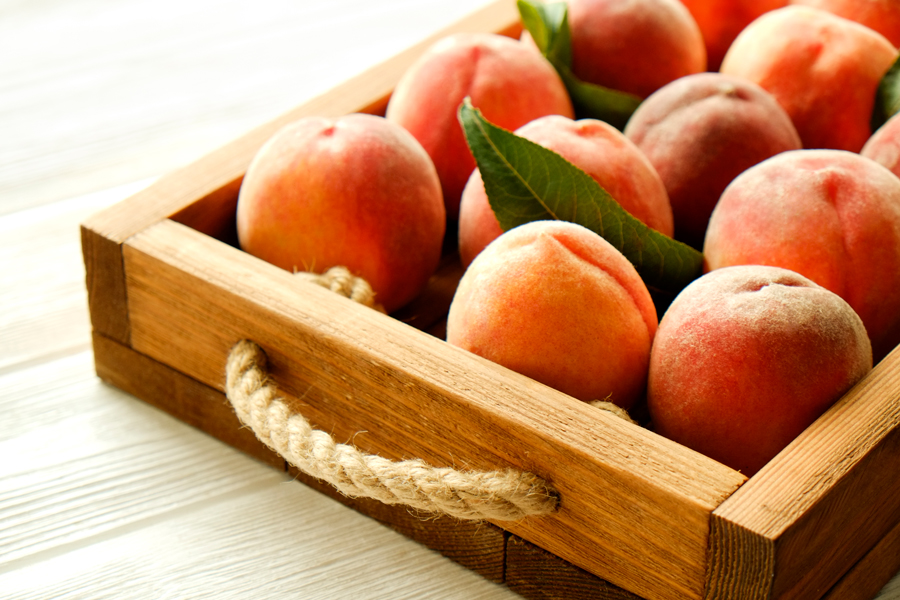
This resource is for peach producers, pickers, packers, and shippers, and provides maturity indices and postharvest handling recommendations for fresh-market peaches to reduce peach postharvest losses and prevent quality deterioration, recalls, and loss of value during the production and trade of peaches in the Southeastern U.S.
Orestis Giannopoulos, Dario Chavez, and Angelos Deltsidis
|
-
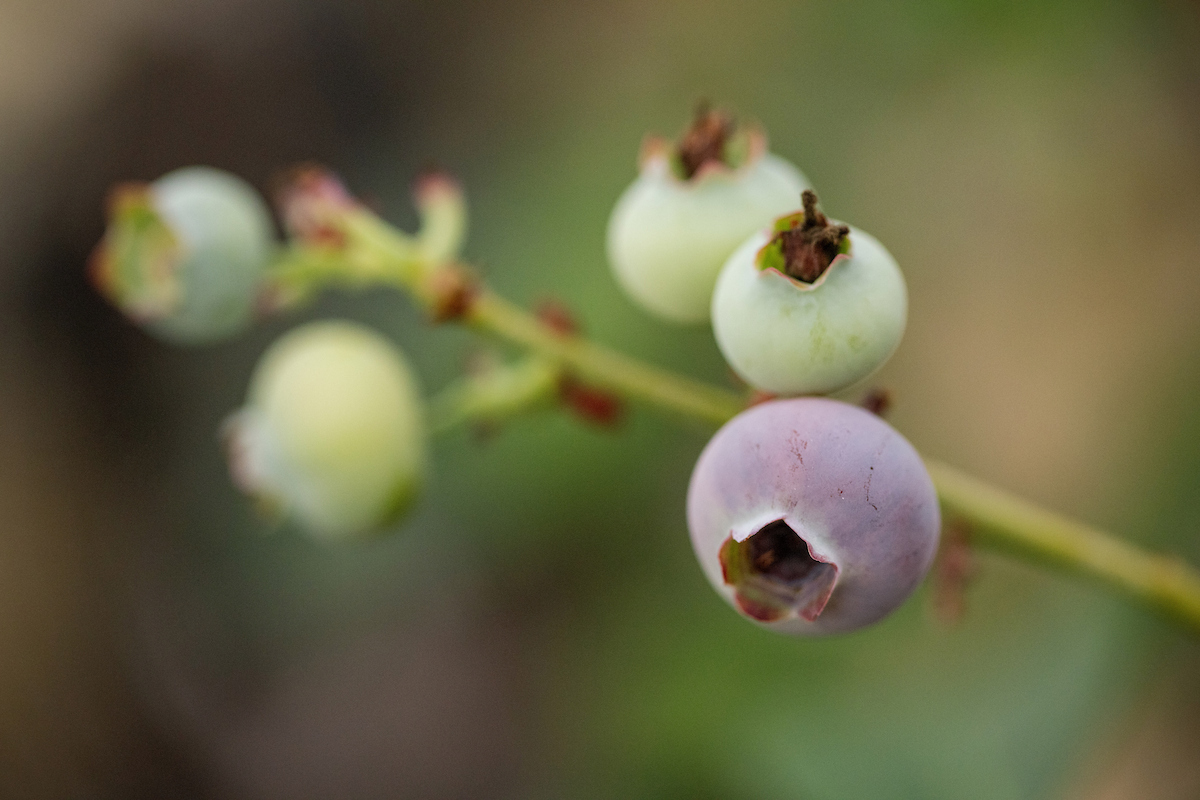
Phenology refers to the sequential developmental stages, also called growth stages, that may occur in perennial plants every season. The growth stages of blueberry plants are affected by temperature, light intensity, and light duration (photoperiod). Erratic weather can impact the plant’s developmental phases. The different types of cultivated blueberries—northern highbush, southern highbush, lowbush, and rabbiteye—all possess a similar response to temperature, light levels, and photoperiod. Yield is directly related to flower bud initiation and differentiation. Therefore, growers must identify and differentiate flower buds from vegetative buds and understand their functions in order to apply the best practices from planting to harvesting.
Zilfina Rubio Ames
|
-
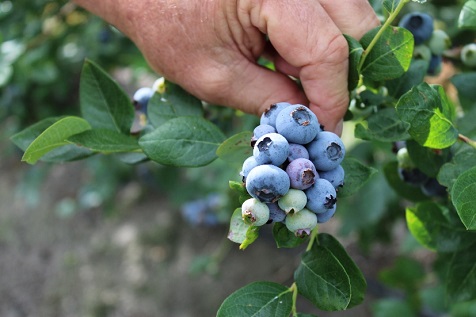
This publication will inform growers about the factors that can affect blueberry fruit set, development, and ripening. As weather patterns are shifting, it is important to keep in mind that environmental factors influence plants’ physiological and developmental processes and understand how that translates into fruit quality each harvest season.
Angelos Deltsidis, Zilfina Rubio Ames, and Amit Godara
|
-
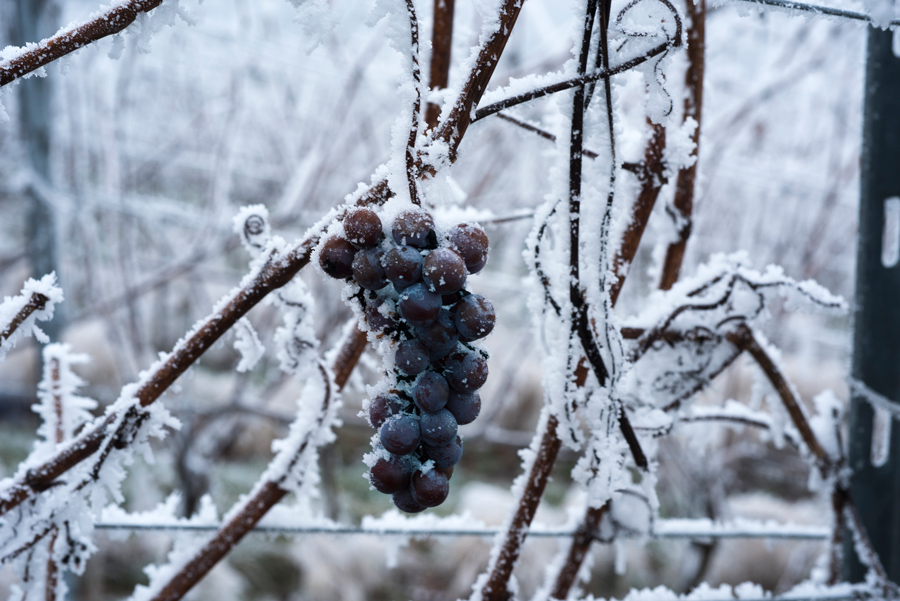
B 1490
Vineyard Frost Protection
The vineyard industry is growing across Georgia and across the Eastern United States. Frost is a perennial threat in these regions, and reducing frost risk can save approximately $48,000 per acre in return revenues. Since many growers new to the industry will be planting vineyards, it is important that they are aware of the risk of frost and ways to avoid it. This bulletin also serves as a good reference for current industry members who are unaware of the risk of frost or who want more information on how to manage its risk. This publication covers all aspects of vineyard frost protection, including weather patterns that cause frost/freeze damage, as well as passive and active methods that can be employed to reduce frost risk.
Pam Knox, Sarah Lowder, and Erick Smith
|
-
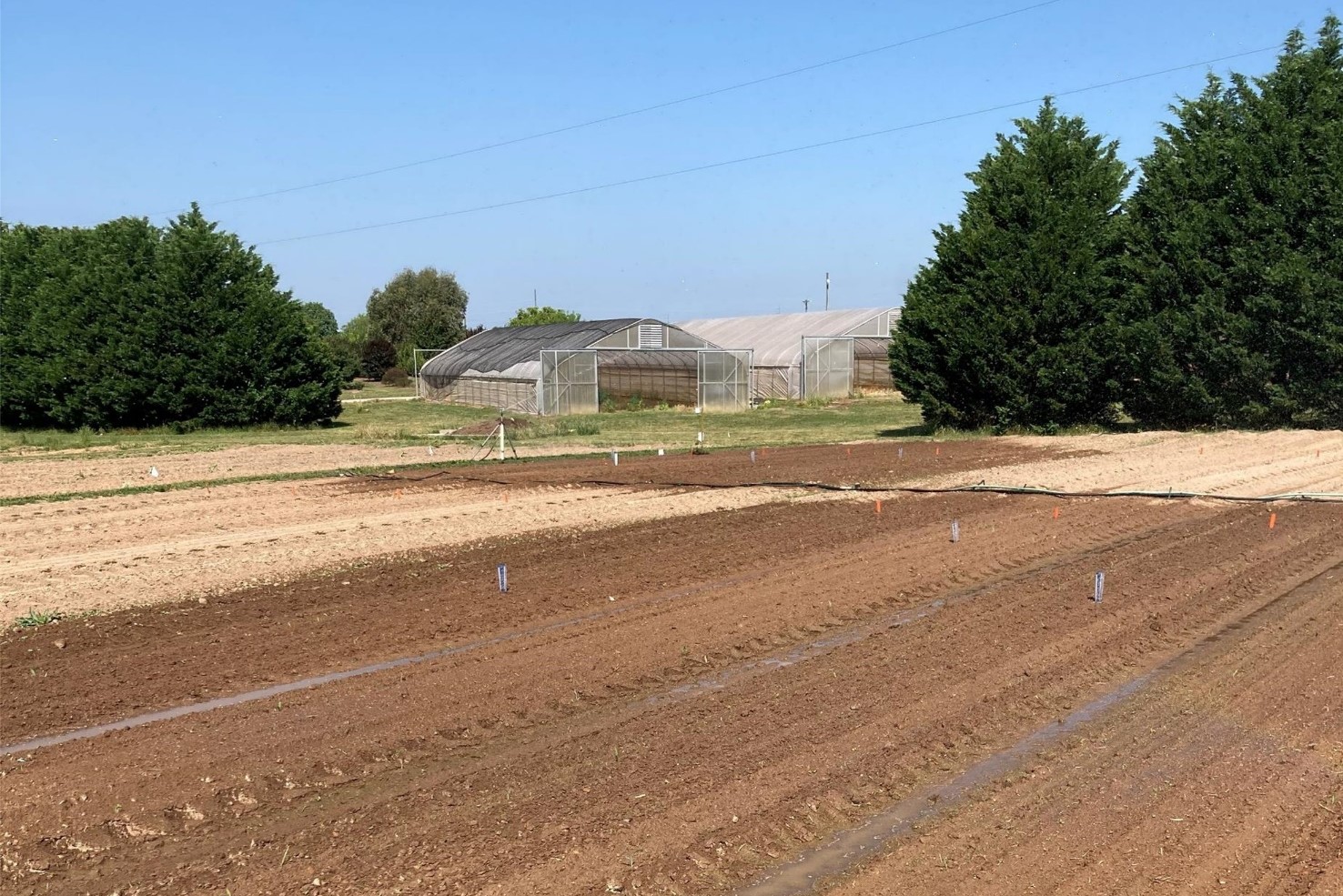
This publication highlights some of the ongoing research into using SSDI in organic vegetable crop production. SSDI facilitates cultivation without harming drip tubing and limits surface soil wetting, which may also reduce weed pressure. Prior research has shown that SSDI offers some advantages over surface-placed drip tubing in conventionally grown crops (Coolong, 2016).
Timothy Coolong, Nicholas Tuschak Basinger, Kate Cassity-Duffey, and Ted McAvoy
|